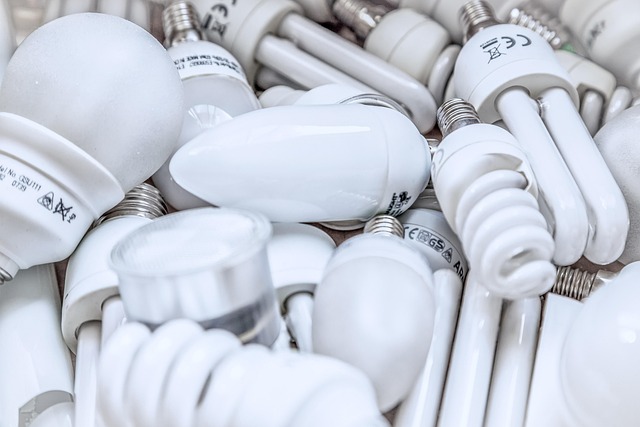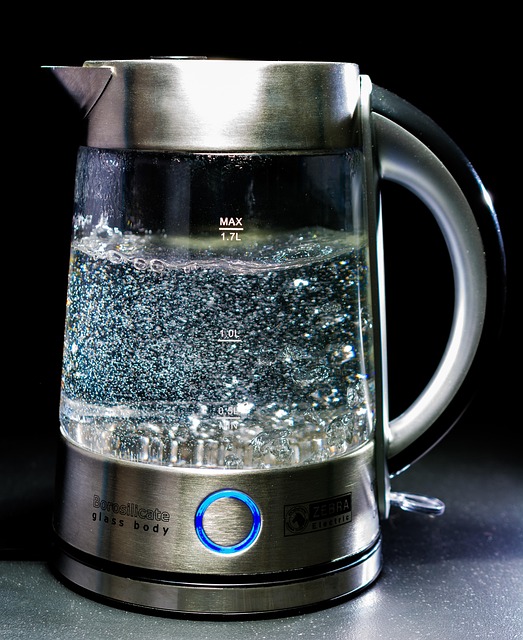Tankless models offer efficient hot water supply but require skilled installers due to varied complexity based on infrastructure, pressure, and type (gas vs electric). Space assessment and accessibility are crucial for integration. Gas heaters have complex ventilation and routing needs, while electric models, popular for their simplicity, rely on standard electrical connections. Installation involves specialized knowledge for safety and performance, with strict adherence to standards essential in older homes.
When considering a tankless heater, understanding its installation complexity is crucial. This guide breaks down the key factors involved in evaluating your options, from the fundamentals of tankless heater installation to space requirements and connection types (gas vs. electric). We also explore additional factors that tailor the process to your specific needs. By the end, you’ll be equipped to make an informed decision when selecting a tankless model for your home.
- Understanding Tankless Heater Installation Basics
- Assessing Space Requirements and Accessibility
- Complexities of Gas vs. Electric Connections
- Additional Factors for Customized Evaluation
Understanding Tankless Heater Installation Basics
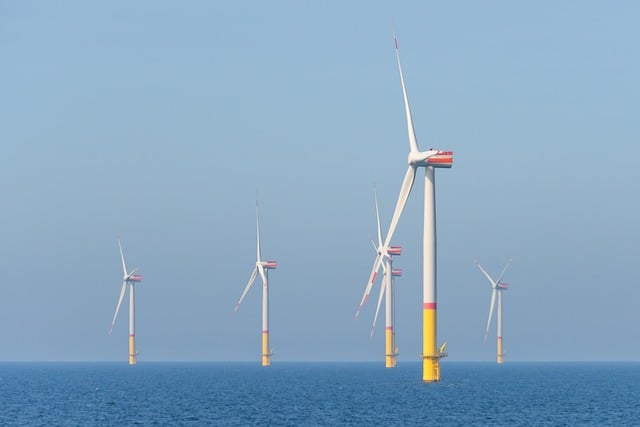
Tankless heaters, also known as on-demand water heaters, offer a modern and efficient alternative to traditional storage tanks. Understanding their basic installation process is key to appreciating their benefits. The setup typically involves connecting the heater to your home’s plumbing system, which includes routing appropriate pipes from the heat source to the tap or showerhead. This process requires skilled hands to ensure proper routing, pressure regulation, and safety measures are in place.
The installation complexity can vary based on factors like existing plumbing infrastructure, water pressure, and the specific tankless model chosen. Tankless models often come with detailed instructions and may include various components such as a heating element, control panel, and cold/hot water inlets. Professional installers are recommended to handle these systems, ensuring they meet local codes and safety standards while optimizing performance and longevity.
Assessing Space Requirements and Accessibility
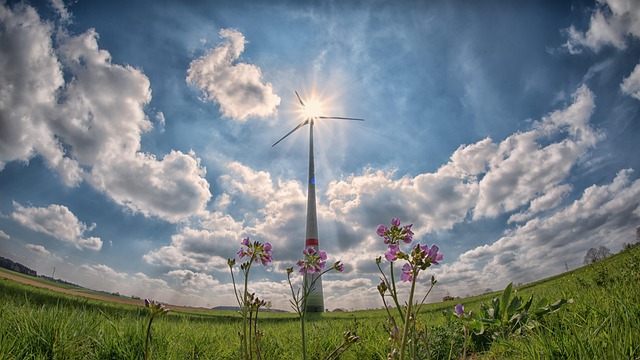
Assessing space requirements and accessibility is a critical step in determining the installation complexity of a heater, especially for tankless models. These compact, space-saving units offer numerous benefits, but their successful integration hinges on adequate room and easy access to key components. Before installing any heater, it’s essential to consider the physical dimensions, including height, width, and depth, to ensure a comfortable fit in the designated area. For tankless heaters, clearance for proper airflow and ventilation is also crucial as these models often require connection to a gas line or electricity supply, necessitating clear access for technicians during installation. Accessibility considerations can significantly impact the overall complexity of the installation process, influencing timelines and potential costs.
Complexities of Gas vs. Electric Connections

The complexity of heater installation varies significantly between gas and electric models, each presenting unique challenges and considerations. When it comes to gas connections, the process can be intricate due to the need for proper ventilation, gas line routing, and potential safety precautions. Installing a gas heater often involves specialized knowledge and tools, especially when dealing with existing plumbing systems. On the other hand, electric heaters generally offer a simpler installation process as they require only a standard electrical outlet or circuit. This makes tankless models, which are becoming increasingly popular, more accessible for DIY enthusiasts, as they eliminate complex gas line connections and ventilation requirements. Electric connections provide a straightforward path to efficient heating without the intricacies of gas systems.
Additional Factors for Customized Evaluation
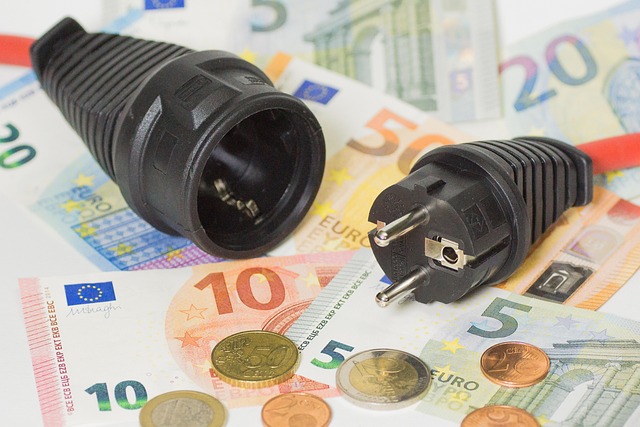
When evaluating the installation complexity of a heater, several additional factors come into play, especially for tankless models. Unlike traditional heaters with storage tanks, tankless systems are designed to provide hot water on demand, which can offer significant advantages in terms of space-saving and energy efficiency. However, this configuration also introduces unique considerations during installation. For instance, proper venting and gas line connections require meticulous planning and adherence to safety standards, especially in older homes with less accessible routes.
Customized evaluation is crucial here as tankless models may necessitate specialized knowledge and tools. The proximity of hot water heaters to plumbing fixtures and the need for precise temperature control further complicate matters. Additionally, electrical requirements for tankless heaters can vary widely depending on the model and intended use, demanding a thorough assessment by professionals to ensure safe and efficient operation.

